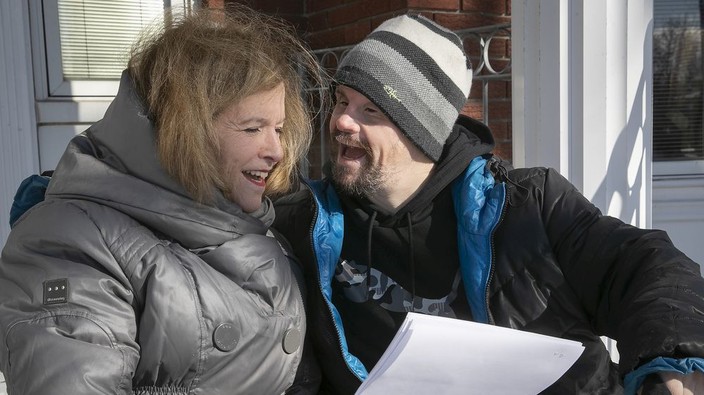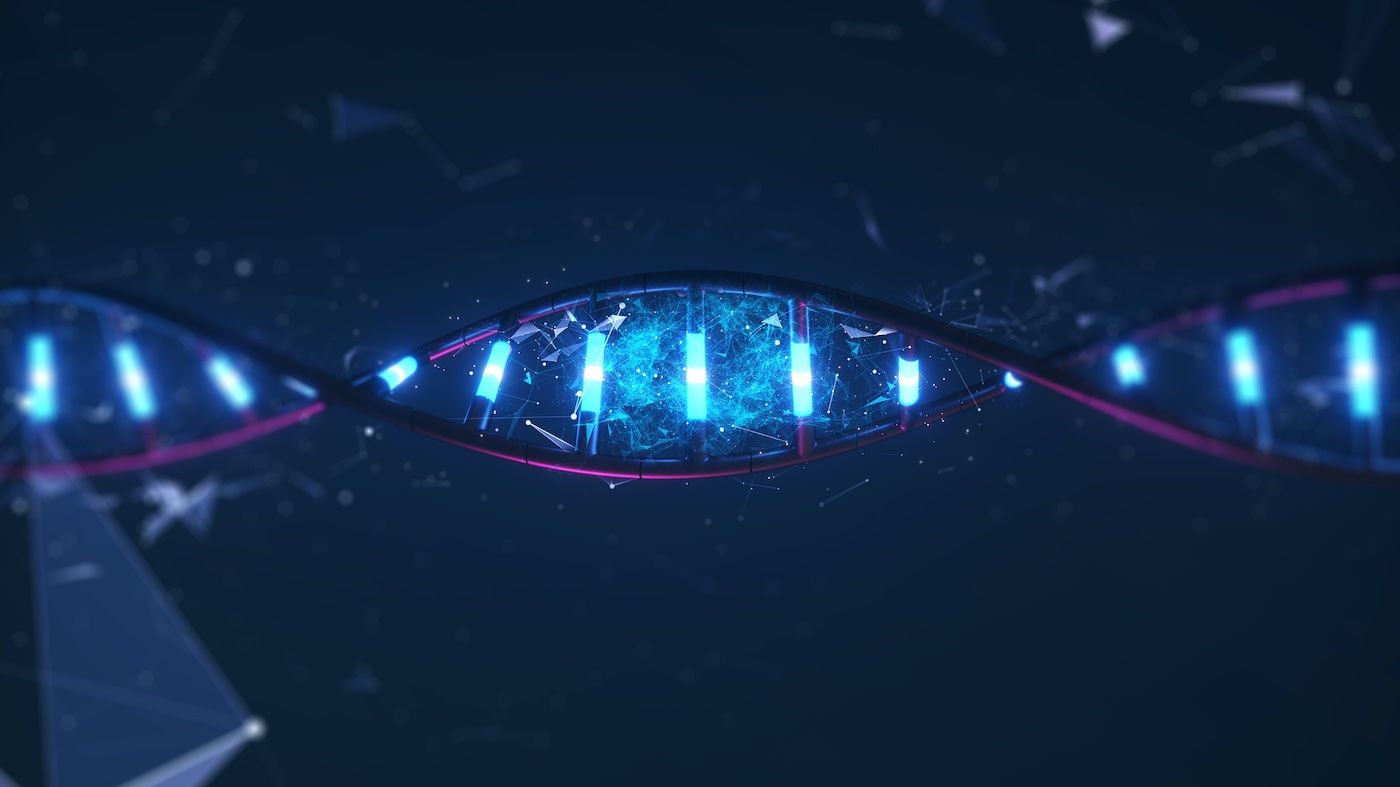down syndrome is a genetic condition caused by abnormal cell division in the egg, sperm, or fertilized egg. this results in an extra or irregular chromosome in some or all of the body’s cells, causing varying levels of intellectual disability and physical problems.
down syndrome is also called trisomy 21, for the specific chromosome that has the abnormality. a person with down syndrome has three copies of chromosome 21. normally, a person has two copies.
down syndrome usually can be detected during pregnancy or soon after birth. chromosome tests and how a baby looks can help make a diagnosis.
what are the symptoms of down syndrome?
children with down syndrome may share similar features, such as almond-shaped eyes that tilt upward. they usually learn to talk later than other children and have some intellectual disability. some children may also have certain health issues, such as a heart or breathing problem.
what increases your risk of having a baby with down syndrome?
being older than 35 when pregnant or having a brother, sister, or another baby with down syndrome increases the chance of having a baby with the condition. people who are planning to get pregnant and have concerns about their risk factors may want to talk to their doctors about genetic counselling.
how is down syndrome diagnosed?
while you are pregnant, an ultrasound and a blood test can show if your baby may be at risk for down syndrome. other tests can show if your baby has down syndrome. these include chorionic villus sampling and amniocentesis. a baby can be diagnosed after birth based on a physical examination.
how is down syndrome treated?
there is no treatment for down syndrome, but a child may develop health problems related to down syndrome. these may include ear infections, dental problems, or behaviour issues. they may need:
- medicines. this may include antibiotics for ear infections and thyroid hormones for an underactive thyroid gland (hypothyroidism).
- regular screening for common issues. examples are thyroid problems and hearing problems.
- a sleep study. this is to look for sleep apnea.
- surgery. this may be done to correct problems such as heart defects, bowel obstruction, or spinal problems.
- different types of therapy. this may include speech therapy, nutrition advice from a registered dietitian, or counselling for behaviour problems. physiotherapy and occupational therapy can also be helpful.
how does down syndrome affect a child’s growth and development?
a baby with down syndrome may reach growth and development milestones later than other children do. these may include rolling over, sitting, standing, walking, and talking.
down syndrome often affects the muscles in the mouth. this may cause problems with breastfeeding, bottle-feeding, and eating solid food. most children get past these types of problems. but they will likely master eating skills at a later age than other children.
a child may also learn to talk later. it’s common for these children to have a harder time learning to talk than with understanding what they hear. most children with down syndrome start using words around 16 months of age. that’s about six months later than other children.
in older children, health problems and developmental disabilities can lead to behaviour problems. for example, a child may develop oppositional defiant disorder. one reason this can happen is because he or she has trouble communicating or understanding others’ expectations. this is where appropriate therapy can be helpful.
for more information on down syndrome, support and to connect with others, contact the canadian down syndrome society.
thank you for your support. if you liked this story, please send it to a friend. every share counts.
 3 minute read
3 minute read









